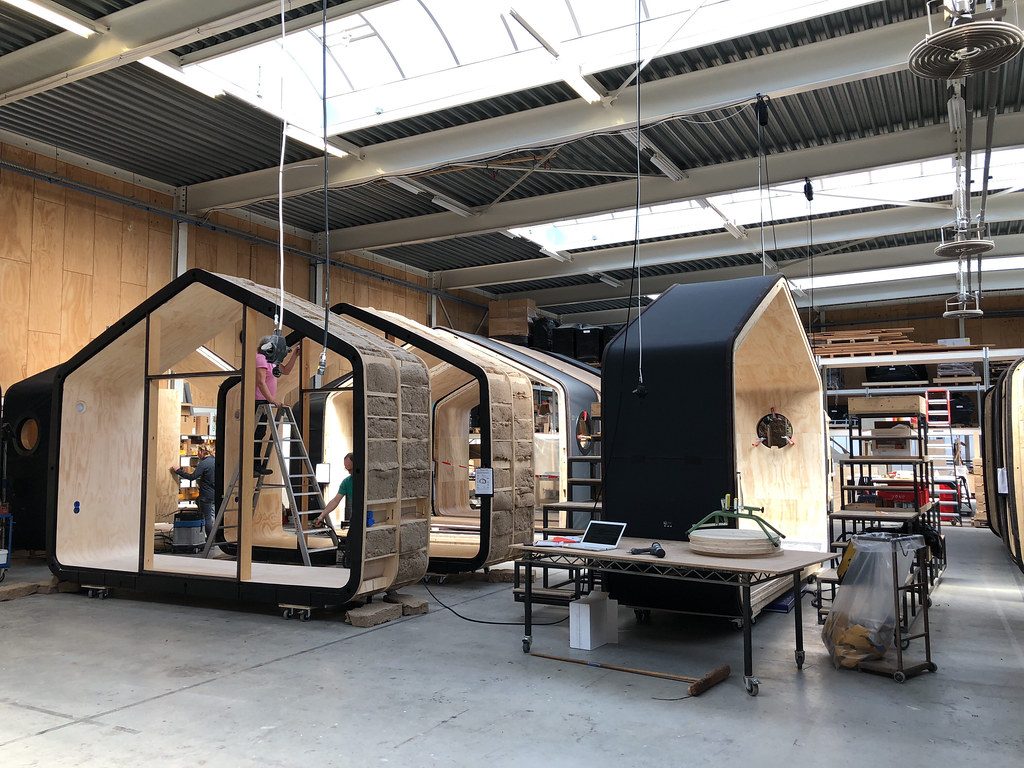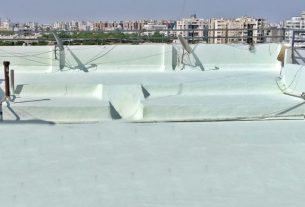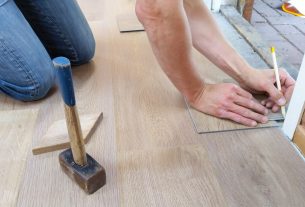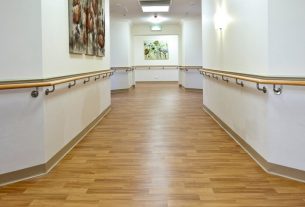Housing is a fundamental need, and meeting this need is not always obvious. The simplest and most common solution to housing is usually to have your own home. An alternative to making a long and high-budget construction is to opt for a prefabricated house.
Also known as a kit house, it is indeed an advantageous way to construct your home in a short time. In particular, its economic aspect is one of the most important. What is a prefabricated house? What are the advantages of the kit house?
Prefabricated constructions are made up of elements manufactured in the factory that are assembled on the site of the location. The prefabricated concrete house appeared with the evolution of techniques and in particular those of reinforced concrete, and architectural concrete. The prefabricated concrete detached house has always been an example of fast and economical construction, limiting the time required for its study, design and development. While modular and high-performance housing is increasingly in demand, prefabricated concrete houses are returning to the forefront of a market that they have never left.
Good to know: builders talk about architectural concrete elements when they are structured (grooves, imitation cladding, etc.) and not totally smooth. This structuring, both inside and outside, makes it possible to do without wall cladding without having a casemate effect. Most vibrated concrete constructions incorporate skins during the sealing process to have a structural, and therefore architectural impact in the builders’ sense.
The advantages of a prefabricated concrete house
Sustainable construction in a short time
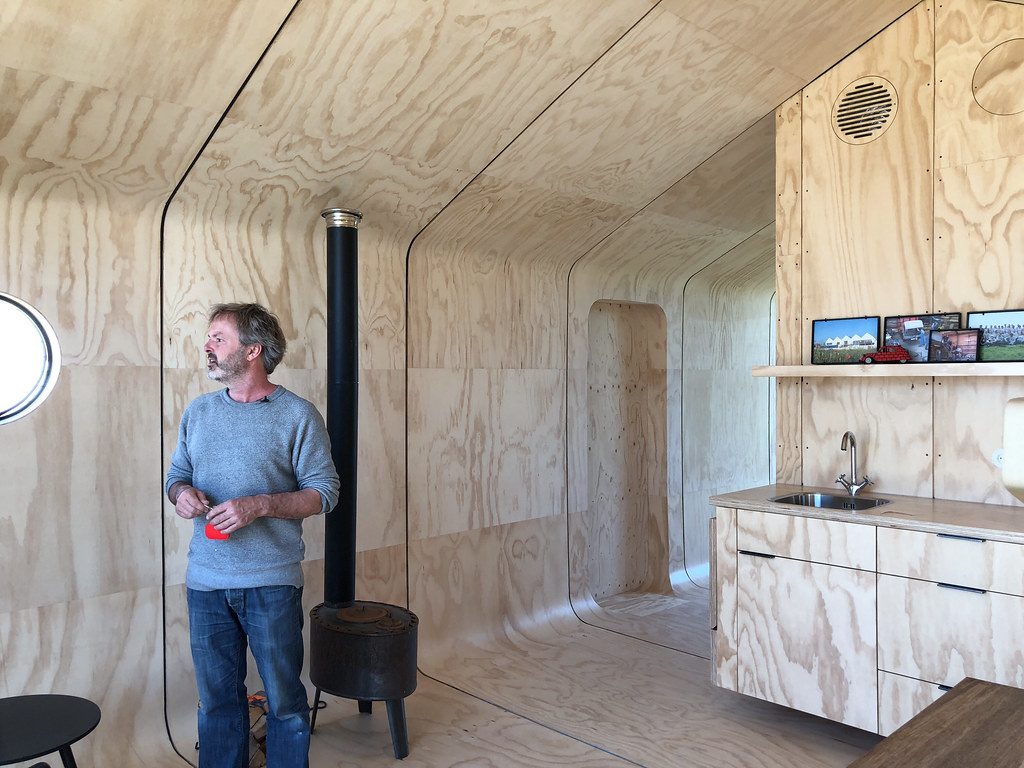
On the one hand, the construction of concrete and concrete materials (bricks, cinder blocks) has a longevity that other materials do not have. On the other hand, the setting and drying times of concrete are longer, which lengthens the duration of the work and the delivery time.
The concrete prefabricated house combines the benefits of robust construction in a durable material with a limited construction time, thanks to the assembly of elements manufactured in advance in the factory. When the latest technical advances in architectural concrete are applied to prefabricated houses, reliable construction that meets seismic construction requirements is quickly and cost-effectively achieved. The home can be fitted with the insulation required for low-energy buildings, which is mandatory in many states.
Prefabricated elements with factory quality control
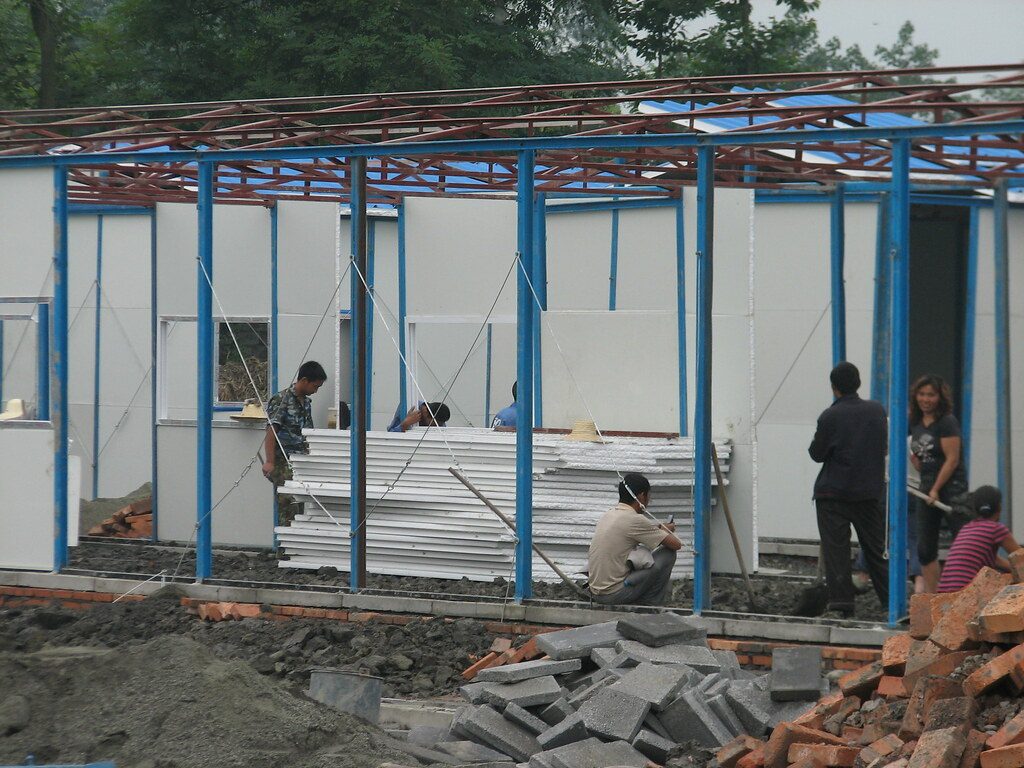
Prefabrication is used because it is in the factory and not on the construction site that complete elements of the required shapes and dimensions (structure, framework, walls) are manufactured and then transported to the construction site to be assembled. With each component having been made in the factory, the entire house benefits from the latest manufacturing and control techniques, and selected materials, assembled in a protected environment. In contrast, a traditional construction site is exposed to risks in terms of the supply of materials and climatic hazards (sudden variations in temperature and hygrometry).
Reduced construction price
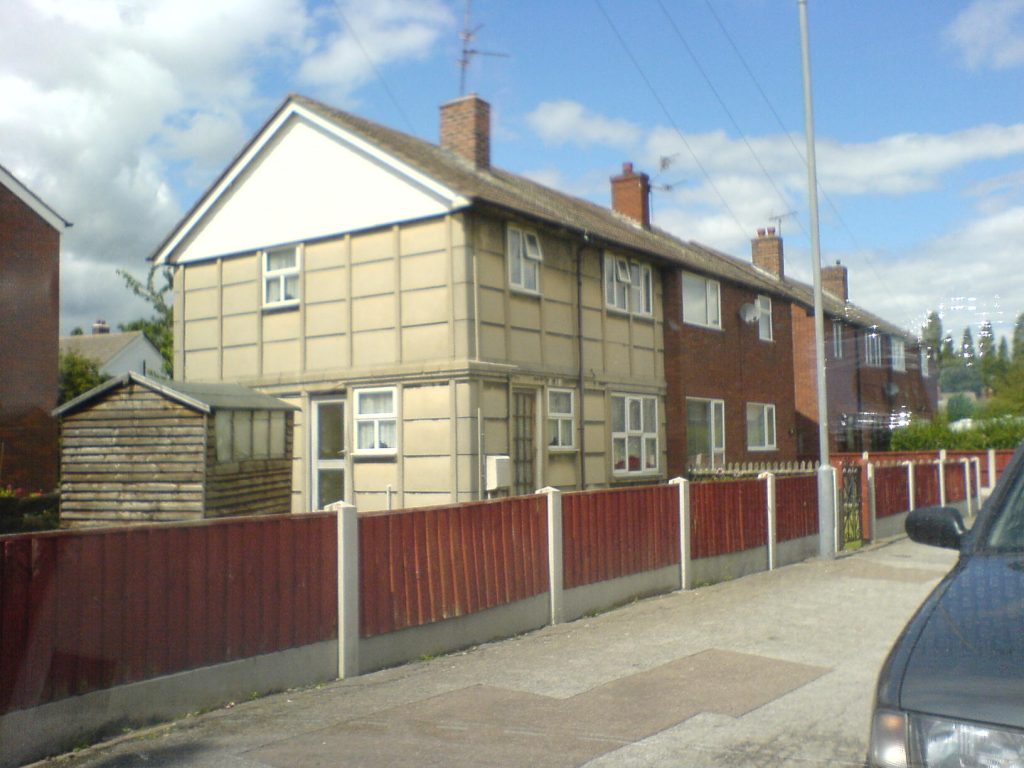
In addition to their quality control in the factory, precast concrete elements lower the final price of the house construction by reducing:
– the cost of design (a few diagrams and manufacturing plans of standardized components are sufficient, which are then adapted to the chosen house);
– manufacturing costs (through the mechanization of factory production and the selection of products that limit the costs and risks of materials acquired from time to time on a local market);
– the time required to supply the site (the time needed to manufacture standard elements is reduced);
– the duration of the construction site (an assembly of finished structures that does not require drying and hardening time is always faster than a construction based on sand, cement and water). Prefabricated components, thus, reduce the number of workers on the site, the duration and therefore the cost of construction.
Good to know: if the prefabricated concrete house uses largely the same materials as the traditional construction, the environmental impact on the site is significantly reduced (grey energy, noise pollution, traffic, etc.). It is even possible to obtain prefabricated concrete houses with a high environmental quality label.
Don’t confuse modular construction with prefabricated house
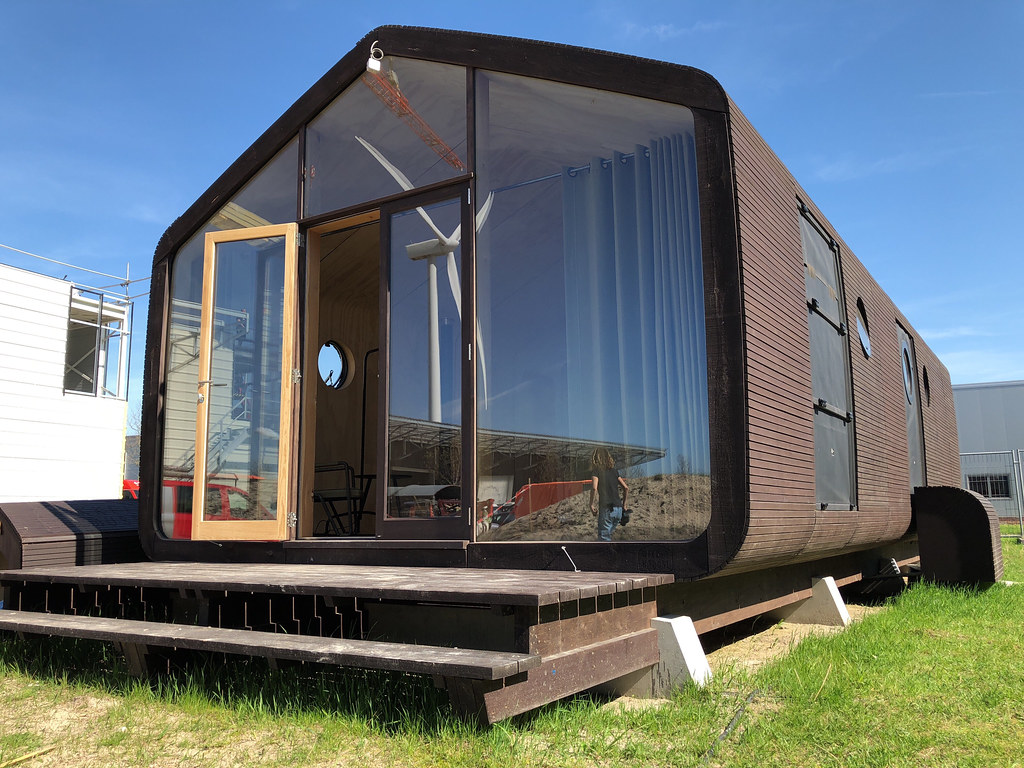
Modular construction and prefabricated design should not be confused, although the initial concept is quite similar: to assemble standard elements.
In modular construction, each module is generally intended for one use and therefore equipped for that use. In the prefabricated house, it is the elements (and not the complete structure) that are manufactured in the factory and then transported to the site. Those elements do not have a precise field of application (bedroom, bathroom, studio, offices) but are elements (framework, walls, partitions) that are then assembled to make living rooms or professional premises.
The prefabricated home is naturally adapted to our lifestyles and the requirements of sustainable development. It is becoming accessible to many people with efficient and economical villas that take into account environmental constraints. Kit houses fully contribute to the well-being of their inhabitants through their redesigned interior space, comfort and elegance.
Hope the above helps you in finding the most convenient way to build your home. For more information and tips, jot down your comments in the section below.
